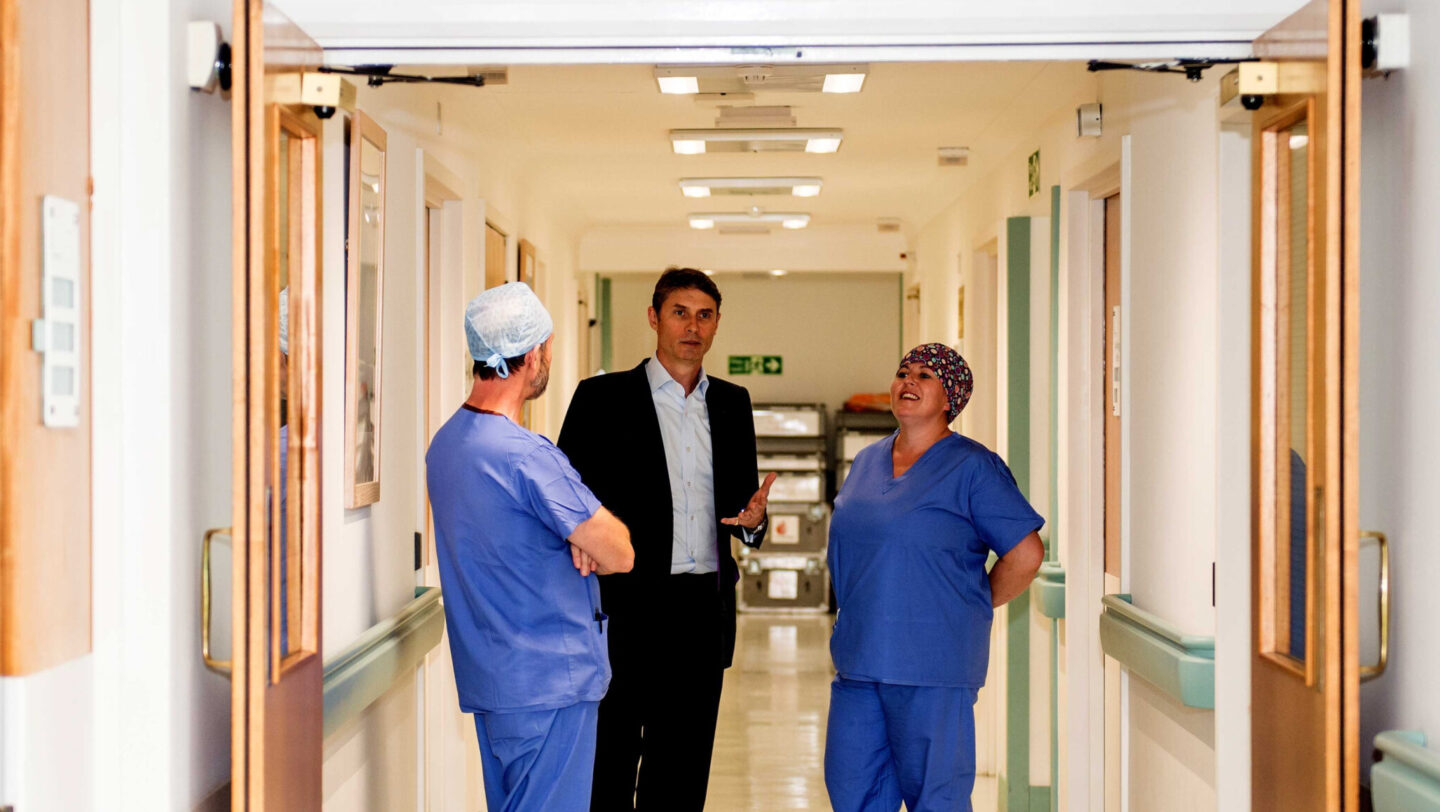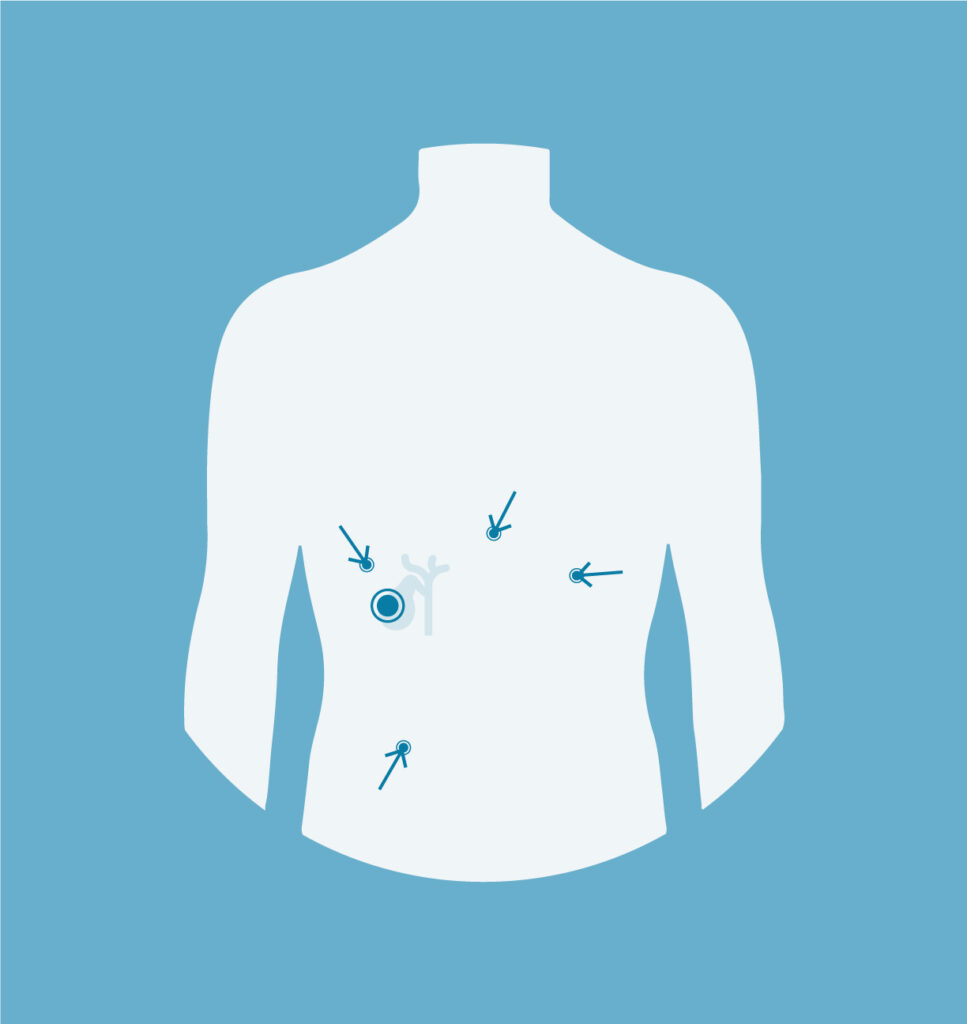
Laparoscopic Cholecystectomy
Widely accepted as the best way to remove the gallbladder intact and with the stones inside.
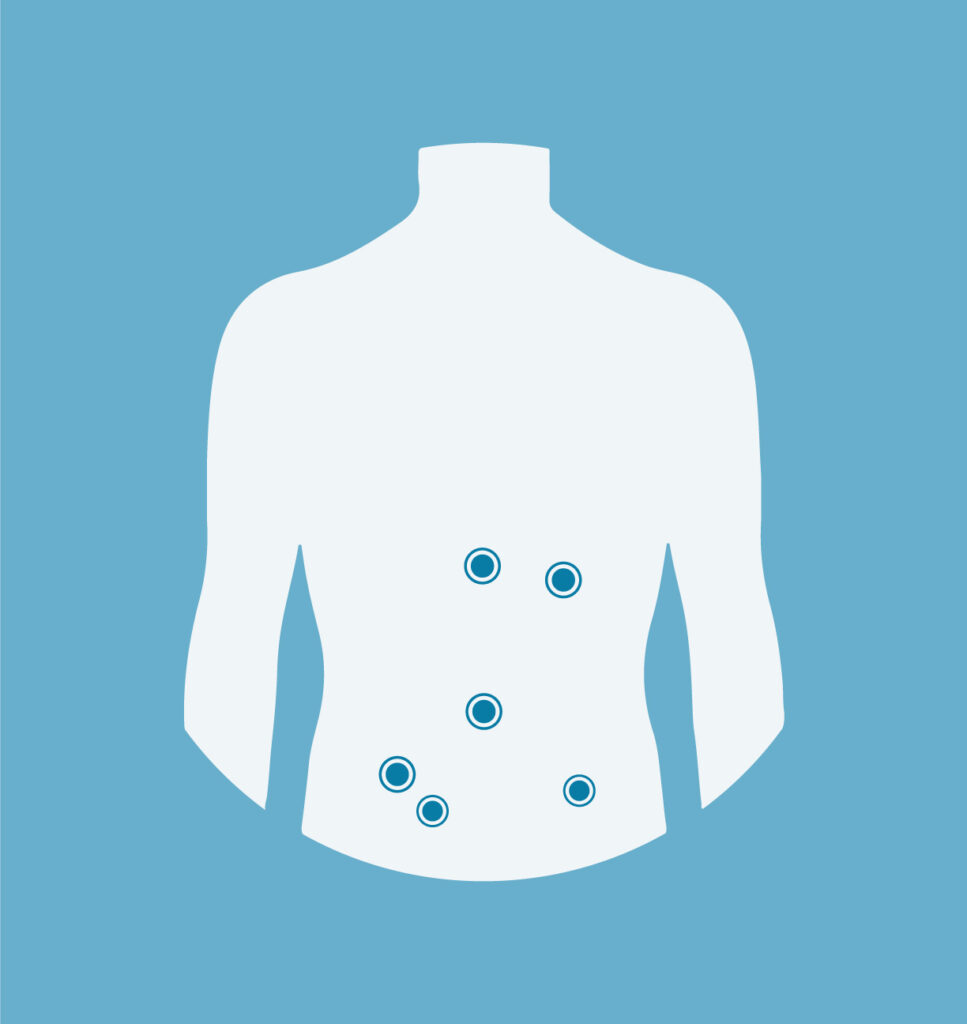
Hernia Surgery
Whichever operative technique is used, most patients can go home on the same day.
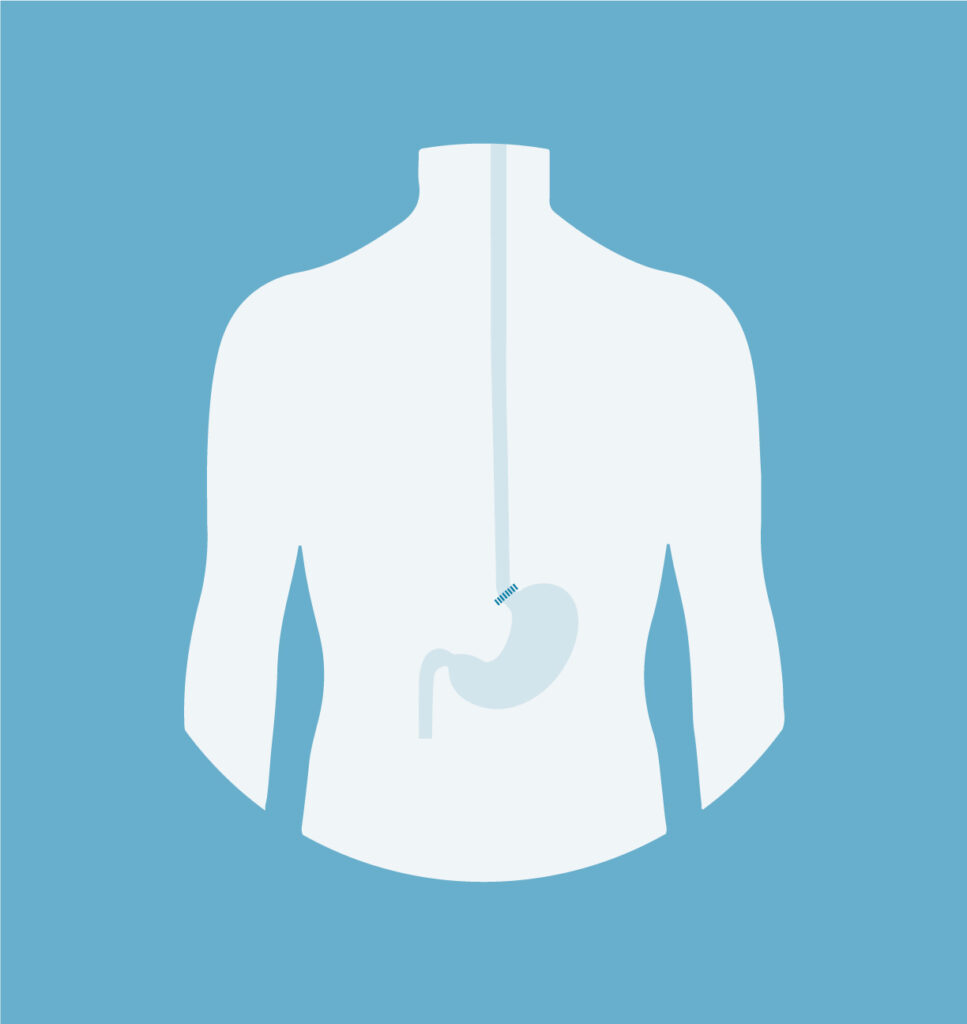
LINX® Sphincter Augmentation Surgery
A simple procedure, giving immediate and long term relief from reflux symptoms.
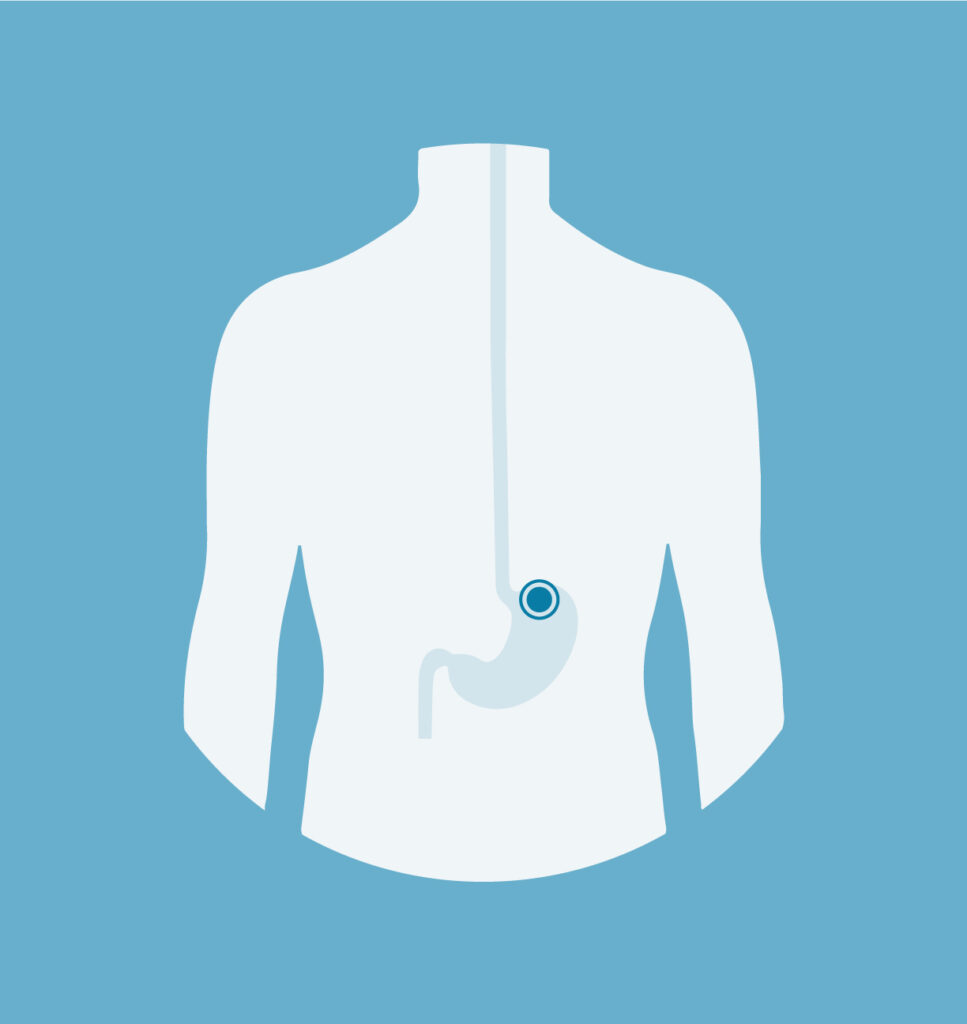
RefluxStop™
RefluxStop is an implant that is used as part of a laparoscopic (keyhole) anti-reflux surgical procedure for patients with a hiatus hernia, that hernia will usually be repaired as part of the same procedure.
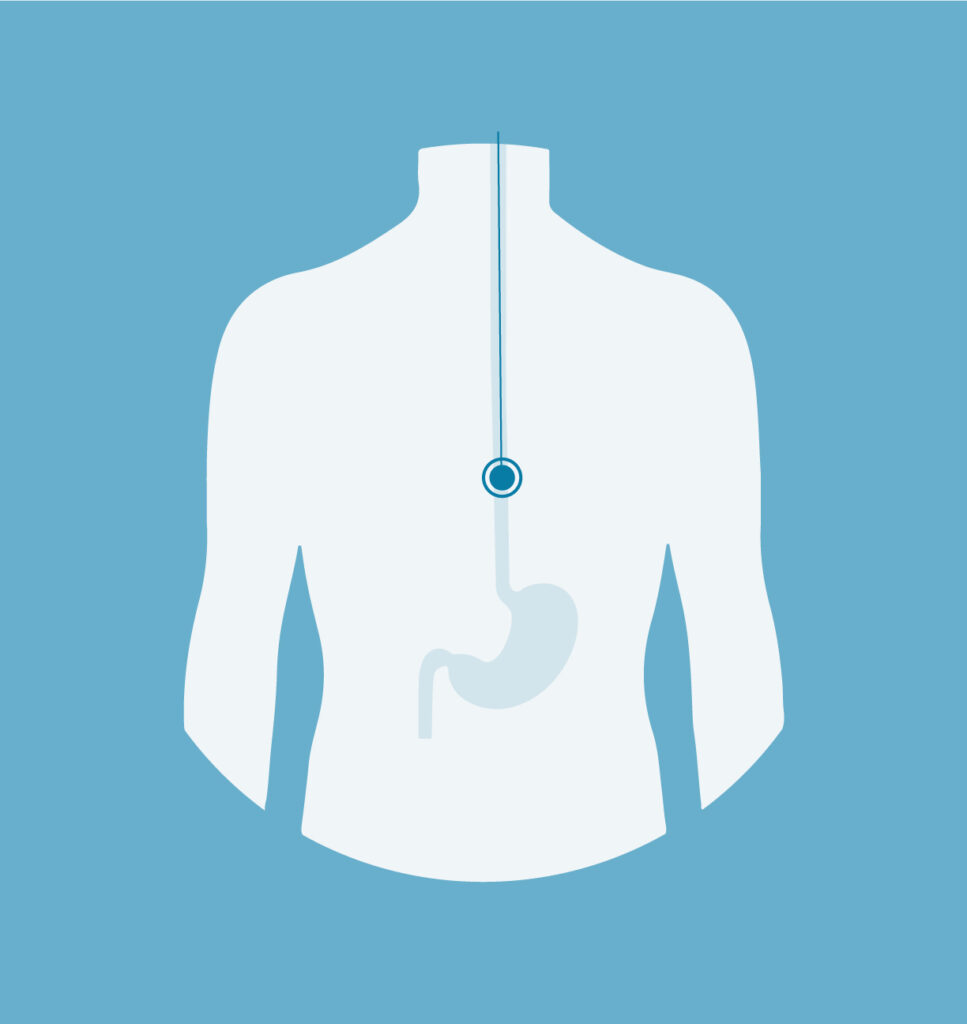
BRAVO
Data collected by an implanted oesophageal capsule helps determine the best treatment.
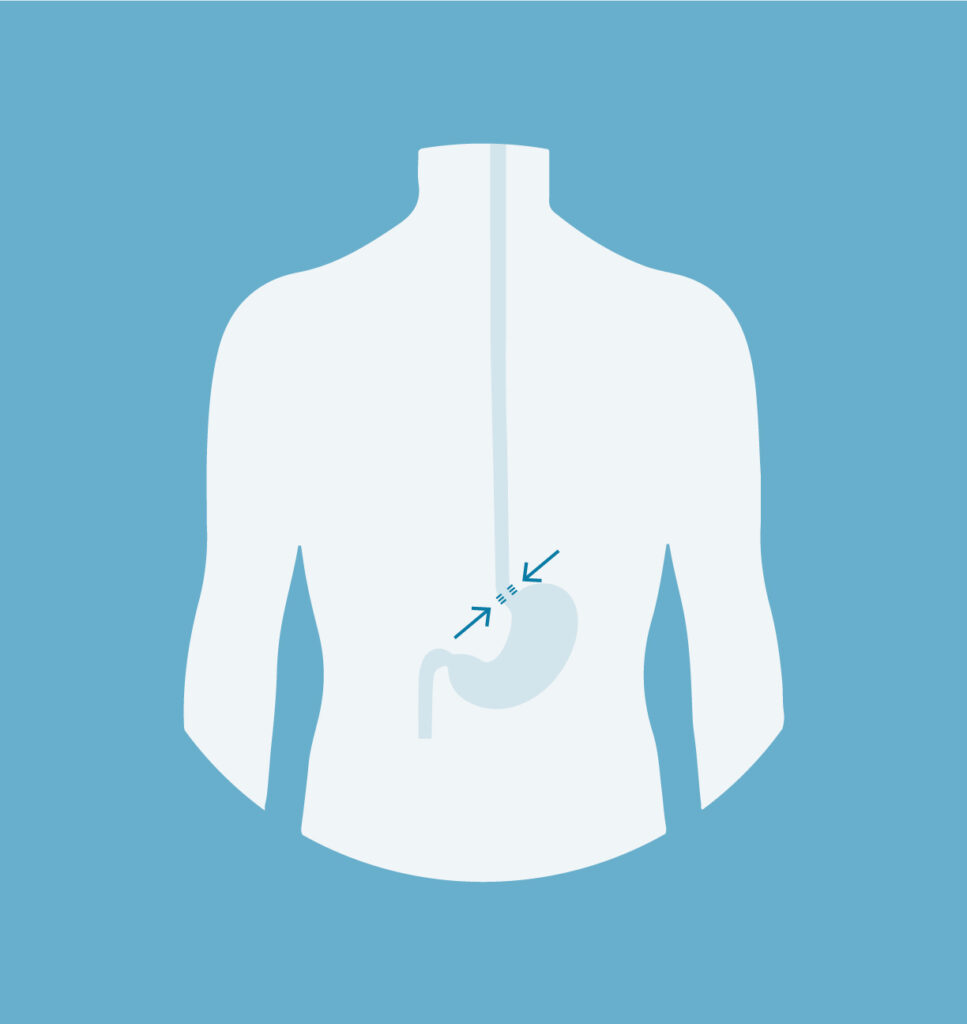
Fundoplication Surgery
The traditional surgical treatment for patients with severe reflux symptoms.

